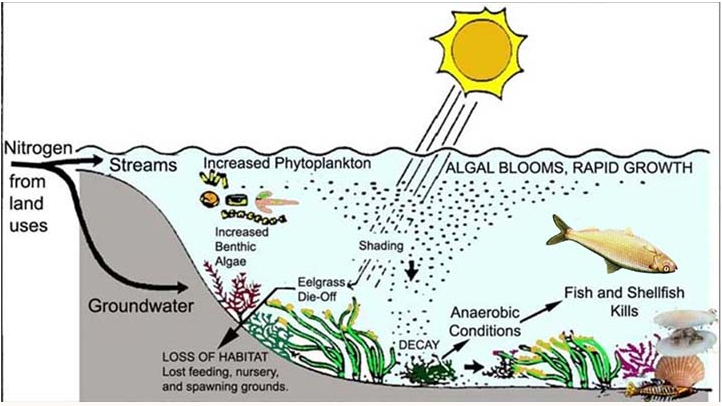Free Courses Sale ends Soon, Get It Now


Free Courses Sale ends Soon, Get It Now



Copyright infringement is not intended
Context: An imbalance in nitrogen availability has been reported across the globe, with some places having an excess and others a shortage of the element, according to a new report.
Report highlights:
Factors contributing to nitrogen decline:
India and Nitrogen Pollution:
The International Nitrogen Initiative:
https://www.downtoearth.org.in/news/pollution/nitrogen-levels-on-a-decline-in-nitrogen-rich-world-plants-and-animals-may-face-consequences-study-82431
© 2024 iasgyan. All right reserved